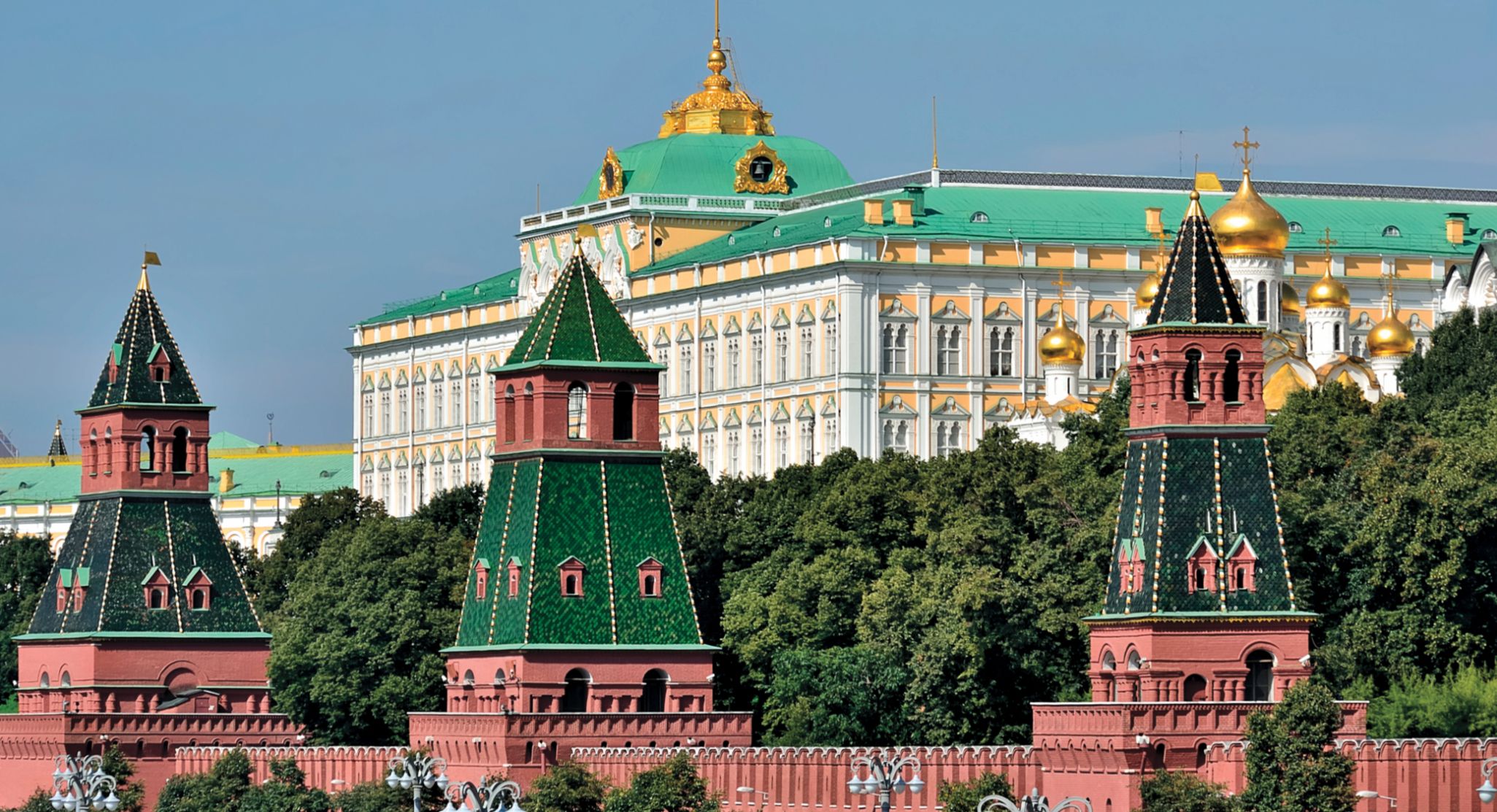Capturing the human side of Cold War science
DOI: 10.1063/PT.3.4476
Although competition in science and technology is considered one of the defining characteristics of the Cold War, the hostility between the US and the Soviet Union during the mid and late 20th century also prompted the governments to establish scientific exchanges and other collaborative efforts with one another. An even more interesting—and lesser-known—fact is that at the end of the Cold War, after the fall of the Soviet Union in 1991 and the subsequent economic disaster, the US provided massive financial aid and assistance for “the salvation of basic science in Russia.” That key episode in the history of international scientific collaboration is the subject of Gerson Sher’s new book, From Pugwash to Putin: A Critical History of US–Soviet Scientific Cooperation.

The Kremlin in Moscow.
DMITRY IVANOV, CC BY-SA 4.0

Sher, who has a PhD in political science, spent much of his career as a program coordinator for the Soviet Union and Eastern Europe at NSF. From Pugwash to Putin draws on his extensive experience with international scientific collaborations and benefits from his personal stories. For example, when chronicling the establishment of the interacademy programs that facilitated scientific exchanges between the US and the Soviet Union, Sher occasionally interjects a personal anecdote. Rather than being distracting, those contributions add value by providing expert insight into a complex and multifaceted story.
The book is organized into three parts. The first, “The Timeline,” gives a short yet detailed history of US–Soviet scientific relations throughout the latter half of the 20th century. Sher focuses largely on citizen diplomacy—actions pursued by private citizens that support the goals of public diplomacy—and explores the aspirations behind programs and agreements that facilitated scientific collaboration during the Cold War. He also illustrates the various approaches taken by different political administrations to promote those collaborations and examines how their motivations changed over the decades—from idealistic aims to deterring war to gathering intelligence on Soviet technology.

The section’s last chapter, which focuses on the years after the fall of the Soviet Union, is the most valuable. Little scholarly attention has been given to the enormous US investment in Russian science after the collapse of the Soviet Union. Sher blends his personal experience with rigorous policy analysis, resulting in a much-needed account.
The second part of the book, “In Their Own Words,” shares the stories and voices of individuals who were involved in US–Soviet scientific cooperation. The narratives are largely based on interviews conducted by Sher himself. The series of historical snapshots and individual stories build a larger and more human picture from within the institutional and political contexts of the Cold War. The final part, “So What?,” unpacks that myriad of human experiences and questions whether collaborative programs accomplished what they aimed to.
Some historians might take issue with the book’s style, which is heavy on narration and lighter on analysis. Sher raises many interesting ideas and questions, but he does not present a clear argument. Instead, he starts the book with a series of rhetorical questions and says it will be “up to the reader” to draw their own conclusions from the testimony and facts offered. A skeptical reader might argue that the book has an inherently positive bias, since it highlights mainly the voices of people who dedicated their lives to collaboration or foreign service. Although Sher attempts to give a relatively balanced account and frequently addresses the many challenges and questionable motives involved in international scientific cooperation, there is certainly room for a less rosy interpretation of the events he covers.
But as Sher himself says, “Must we always be cold, hard-nosed realists, or may we also be driven by our vision of a better world?” In that sense, From Pugwash to Putin is a history not just of institutions and programs but of an ideal. Judged against that metric, the book is highly successful. Sher captures the human side of scientific exchanges while still giving appropriate attention to institutional and structural components. He is informed, experienced, and a natural storyteller whose style effortlessly infuses heart into what might have been dry policy analysis. The result is a stunning portrait of Cold War scientific cooperation, shining with the voices of those who sought to bring their ideals to life.
On the whole, historians of science have not addressed the impact of US support on science in former Soviet states after the union’s collapse or how scientific exchange programs and agreements influenced the story. For that reason, From Pugwash to Putin is a book that needed to be written. It has enough substance to be useful to historians and political scientists, but it also has approachable language and vivid storytelling that will appeal to an educated lay audience. International scientific collaboration has become the norm as the world has grown more globalized, and From Pugwash to Putin will be of interest to anyone who wants to understand how the structures that facilitate international scientific collaboration came to be and how the Cold War’s legacy affects science to this day.
More about the Authors
Rebecca Charbonneau is a PhD candidate and Gates Cambridge Scholar in the history and philosophy of science department at the University of Cambridge and is an affiliate of the National Radio Astronomy Observatory.
Rebecca Charbonneau. University of Cambridge, Cambridge, UK.
